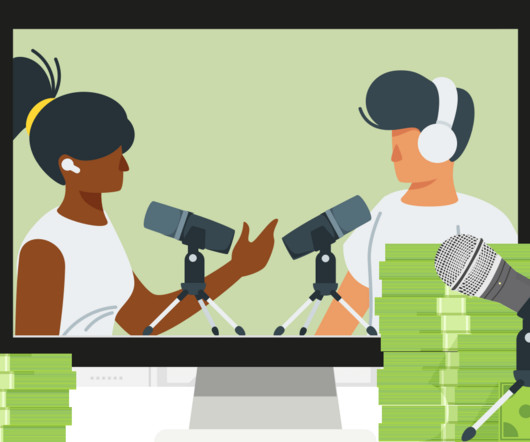How Chinese Companies Disrupt Through Business Model Innovation
Harvard Business
JULY 8, 2016
The American textile and apparel industries, for example, will tell you that the evidence can be found in the blood on the floor — their blood, on what used to be their floor. Experts continue to debate whether Chinese businesses are truly disruptive. For some industries in the West, this question appears a bit ridiculous.


















Let's personalize your content